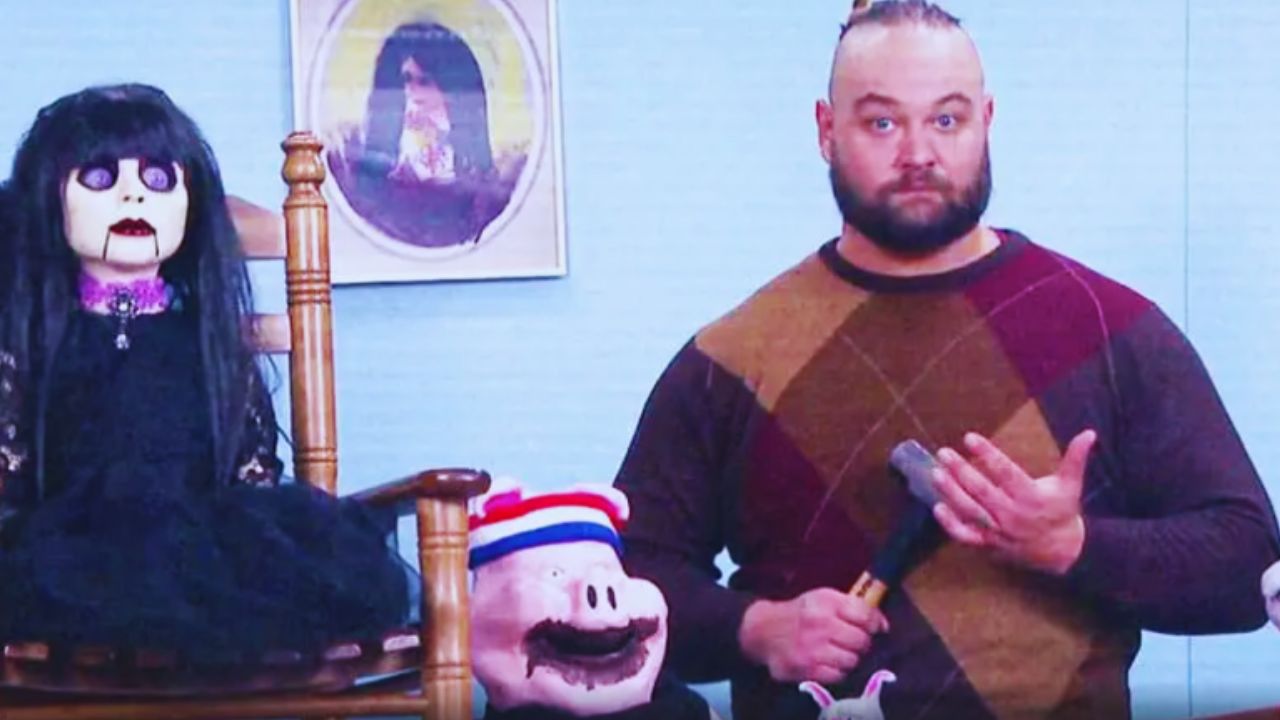In the arena of expert wrestling, few figures have captured the hearts and imaginations of fanatics like Bray Wyatt. The surprising passing of Windham Rotunda, the man in the back of the Bray Wyatt personality, sent shockwaves through the wrestling network, leaving an indelible void. His legacy, however, continues to be celebrated and honored in numerous ways, especially on WWE television. His brother, Taylor Rotunda, recognised within the ring as Bo Dallas, has been instrumental in keeping his memory alive through the newly fashioned faction, The Wyatt Six.
The faction, comprising Bo Dallas, Joe Gacy, Erick Rowan, Dexter Lumis, and Nikki Cross, brings to lifestyles the eerie and surreal characters that once existed as puppets in the Firefly Fun House, an advent of Windham’s shiny creativeness. Yet, no matter the seamless integration of those characters into the cutting-edge WWE storyline, it seems that Bray Wyatt himself had reservations about this idea.
A Visionary’s Reluctance
In a revealing interview with SOUNDSPHERE MAGAZINE, Kyle Scarborough, the artist who worked carefully with Windham in designing The Fiend Person, shed mild light on Bray Wyatt’s genuine emotions about bringing the Firefly Fun House characters to lifestyles. According to Scarborough, Windham became adamantly opposed to the concept. He felt that the characters were intended to exist solely within the mental area of Bray Wyatt’s thoughts. If they were ever to come into existence, Windham believed he should portray every one of them himself, retaining the characters’ integrity within the confines of his innovative vision.
Scarborough’s insights offer a poignant glimpse into Windham’s artistic technique and his determination for his craft. The two collaborated appreciably, often locating themselves at odds with the company’s innovative directives that did not align with Windham’s imaginative and prescient. Scarborough stated how Windham could frequently reject proposed thoughts and rather mission him with designing opportunity ideas that better match his narrative.
The Creative Struggle
Reflecting on their discussions, Scarborough highlighted one unique instance that stood out. The company facet had proposed the concept of making a stable of wrestlers dressed because the puppets from the Firefly Fun House. Windham become vehemently opposed to this idea. He felt it undermined the psychological depth and uniqueness of the Fun House idea. Instead, Windham proposed a counteroffer: he could painting every one of the characters himself, retaining them as extensions of his psyche instead of standalone entities.
“Speaking to that direct courting with him due to the fact the company’s creative side would be available and say, we’re going to do X, Y, and Z, and he could pass, oh, he hated it and he would say no, so he might challenge me to layout something else,” Scarborough recalled. “He always desired to have a counteroffer. If they came at him sideways with stuff, he might say, ‘No, I don’t like that. I wanna try this.’ He turned into very upset, at the time, approximately the concept of bringing the Fun House to existence. I believe the corporation or anyone wanted to have an entire group of human beings dressed up as puppets, and he was now not into it.”
Honoring a Legacy
Windham’s innovative vision became clear: the Fun House characters needed to stay in the mythos he created. They had not been meant to be bodily beings, but rather manifestations of his internal turmoil and creativity. This technique, he believed, preserved the psychological horror and mystique that made the Firefly Fun House so compelling.
Despite Windham’s reservations, the Wyatt Six faction has a sizeable presence on WWE television. They have persisted in the legacy of Bray Wyatt by integrating the Fun House characters into their storyline, albeit in a manner that Windham may not have completely predicted. The faction’s ongoing feuds, in particular with Chad Gable, keep the spirit of Bray Wyatt alive, reminding fanatics of the enigmatic and fascinating performer he turned into.




